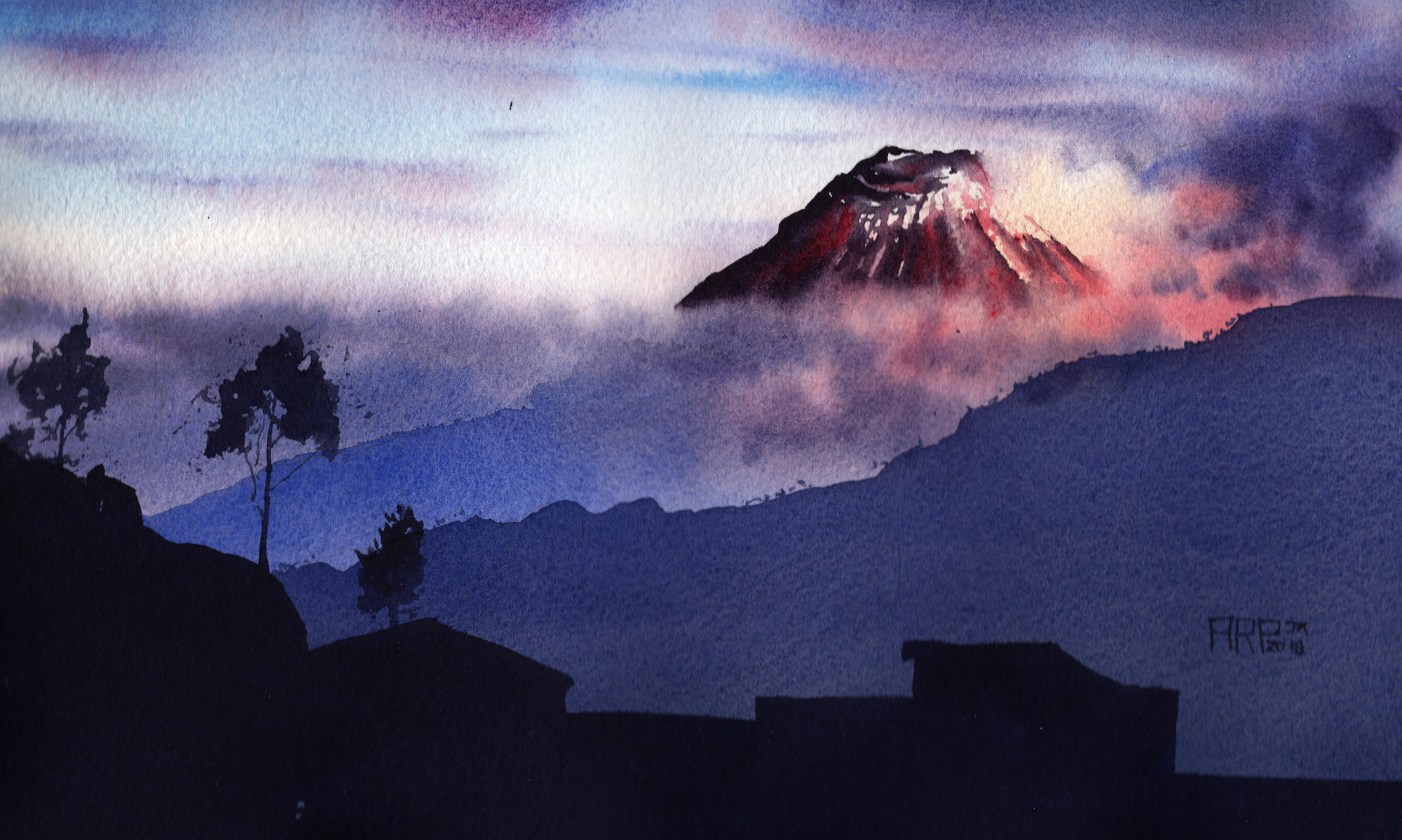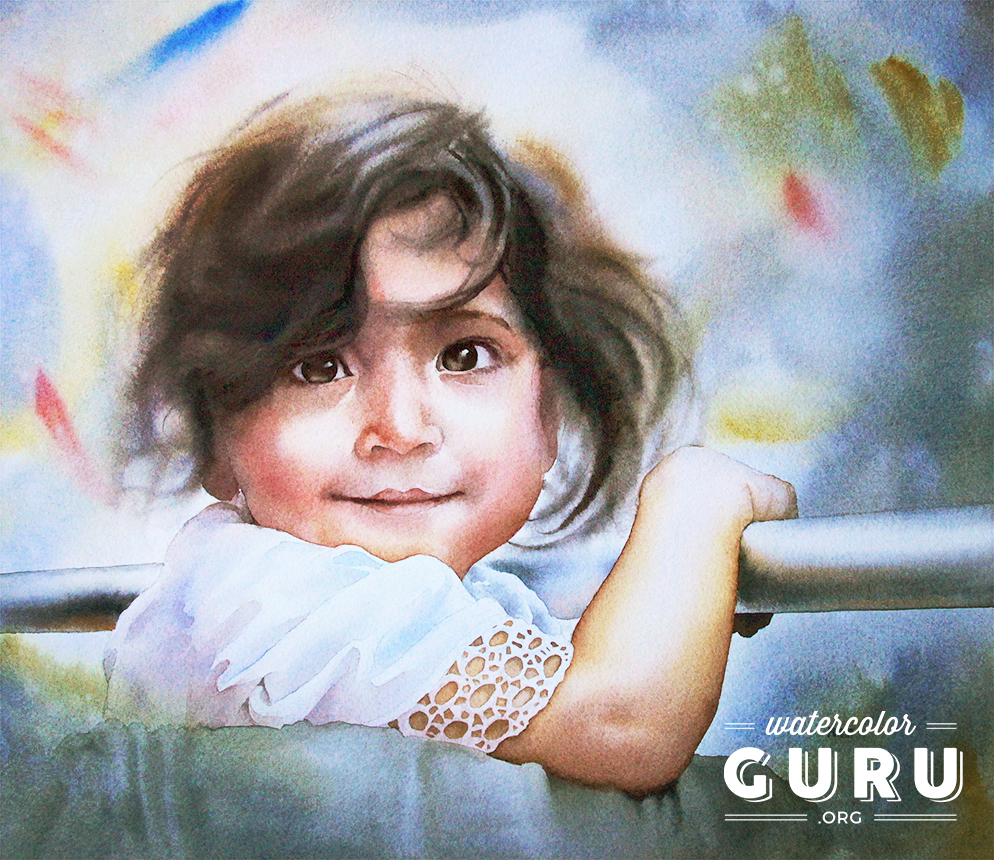This has been a source of constant debate in my life. Let’s go through the pros and cons together, to see if we can finally put the issue to rest.
Note that for the purposes of this article, I’m defining “big” and “small” as bigger or smaller than 11×14”. Obviously, it’s a lot more relative than that in real life, but we have to set the line somewhere.
Small – Pros
- Possible to paint many more of them, faster, thus enabling you to speed up your learning.
- Easier to store.
- More likely to sell, because they’re a.) cheaper and b.) don’t take up as much space.
- Helps hide you a lack of knowledge in your drawing – for instance, if you don’t quite know how the infraspinatus muscle connects to the humerus, you can just sort of fuzz it out, and it’s fine.
Small – Cons
- Much less impact. Usually not “best in show” material. More difficult to realize your potential as an artist if you limit yourself to a small space.
- Makes difficult drawing problems, like faces and hands, even harder.
- Won’t produce as much income, unless you paint lots of them.
- Helps you hide a lack of knowledge in your drawing – which can ultimately be a crutch.
That covers smaller pieces. What about large-scale ones?
Big – Pros
- Much more impact. Your large-scale pieces will likely be your legacy after death.
- Details can be bigger and less difficult to paint.
- When you do sell one, the cash flow is more solid.
Big – Cons
- Takes forever to produce. I’m currently working on my biggest project ever, and it feels like I’m barely making progress because there’s so much physical space to cover.
- Less likely to sell to the casual buyer, but perhaps just as likely to sell to the serious collector – after all, someone who has the money and is truly inspired by your work won’t be phased by the price tag or the space commitment – they’ll simply rearrange their rooms to fit your magnum opus.
- Extremely obnoxious to store – how many giant paintings can you actually fit in your closet?
Recommendations
Based on the principle of learn before you earn, you should focus on many small or medium sized paintings at first, instead of a few large ones. It’s a more efficient way to grow your style. Once you’re established and confident, you can start scaling up.
That said, it’s okay to occasionally do a big piece in the early days and create some smaller works once you’ve turned pro; there’s no rule here, just a general trend that will contribute to success. As always, the most important thing is just to sit down and do the work.
Thanks for reading! Hey, if you’ve made it this far, do me a favor. Email me at watercolorgurunews@gmail.com and let me know what your biggest challenge has been when it comes to color. Be as specific as possible – I’m gathering research for a series on the topic. Let’s all get better together!

